Didymos And Dimorphos: A Binary Asteroid System Profile

Introduction
Asteroids have fascinated astronomers and space enthusiasts for centuries. These celestial objects offer insights into the formation of our solar system and hold valuable resources that may be crucial for future space exploration. One such intriguing asteroid system is Didymos and its moon, Dimorphos. In this article, we will explore the fascinating profile of this binary asteroid system.
Asteroid System Overview
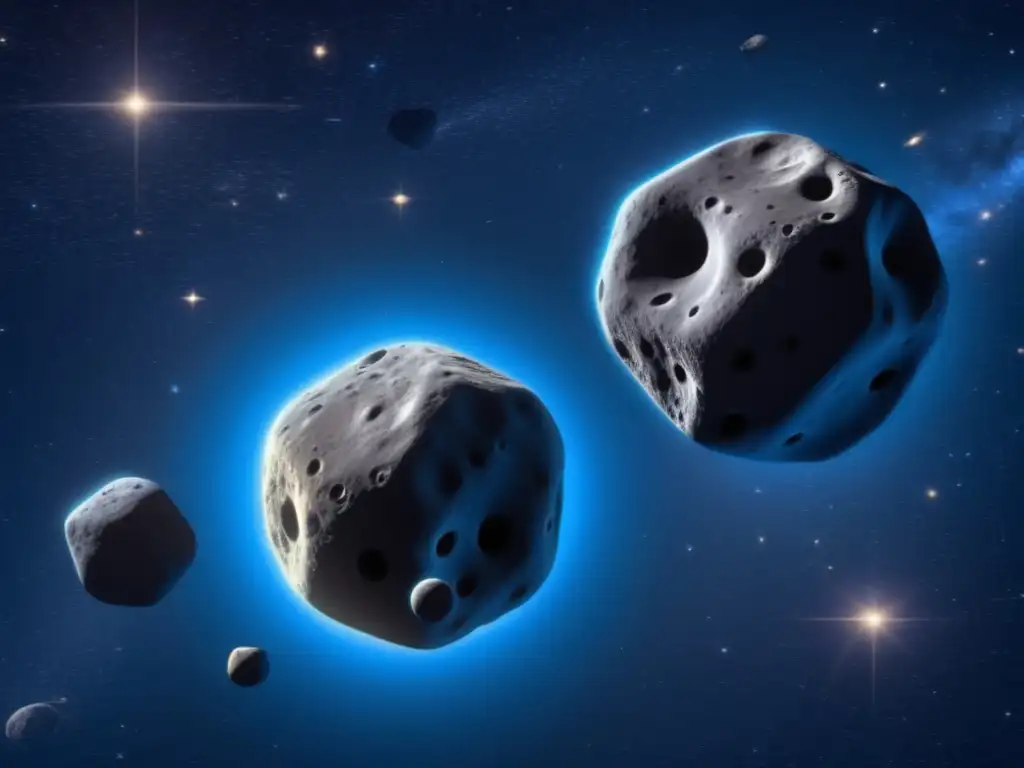
Didymos
Didymos is the primary asteroid in the Didymos system. It was discovered on April 11, 1996, by the Spacewatch observatory at Kitt Peak National Observatory in Arizona. With a diameter of approximately 780 meters (2,560 feet), Didymos belongs to the Apollo group of asteroids, which cross the Earth's orbit.
Dimorphos
Dimorphos, formerly known as Didymos B, is the moon of Didymos. It was discovered using radar observations in 2003. Dimorphos has a diameter of around 160 meters (525 feet) and orbits Didymos with a period of approximately 11.9 hours. The close proximity between Didymos and Dimorphos makes them an ideal target for scientific study and potential future missions.
Binary Asteroid Systems
Binary asteroid systems consist of two asteroids orbiting their common center of mass. They provide unique opportunities for understanding the composition, internal structure, and gravitational interactions between asteroids. Didymos and Dimorphos represent one such fascinating example of a binary asteroid system.
Asteroid Characteristics and Composition
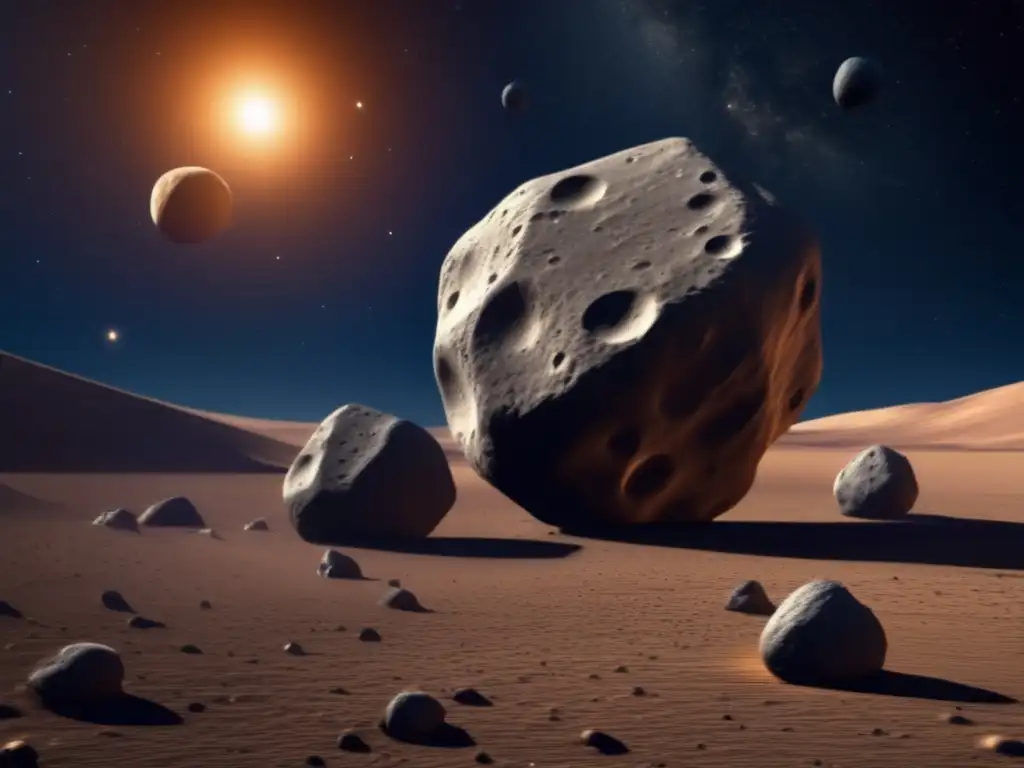
Physical Properties of Didymos and Dimorphos
Didymos and Dimorphos have different physical properties due to their varying sizes. Didymos has a predominantly irregular and elongated shape, while Dimorphos has a more spherical shape. Their different shapes indicate differences in their formation processes and geological history.
Composition of Didymos and Dimorphos
Scientists believe that asteroids like Didymos and Dimorphos consist of various materials such as rocks, metals, and possibly even volatile substances like water ice. Studying their composition can provide valuable insights into the origin and evolution of our solar system.
Surface Features and Geology
The surface features and geology of Didymos and Dimorphos are still being explored. Radar and imaging observations have revealed intriguing details such as craters, ridges, and boulders on their surfaces. These features provide clues about the asteroid's history and potential impact processes.
Scientific Significance and Future Missions
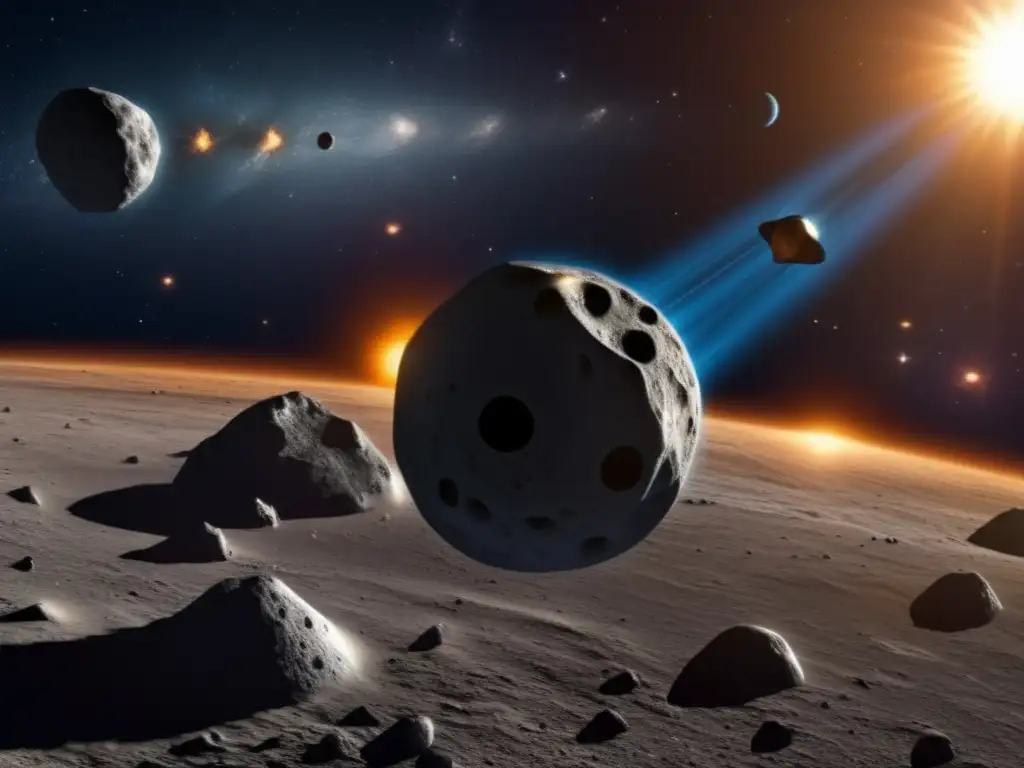
Scientific Research Opportunities
The Didymos-Dimorphos system offers significant scientific research opportunities for studying asteroid formation, dynamics, and potential mitigation strategies for near-Earth objects. The close proximity of Dimorphos to Didymos allows for detailed observations and measurements of their gravitational interactions, which can enhance our understanding of binary systems and orbital mechanics.
AIDA Mission
In an effort to study the response of an asteroid to a kinetic impact, NASA and ESA are planning a joint mission called the Asteroid Impact Deflection Assessment (AIDA). This mission aims to impact Dimorphos with a spacecraft, the Double Asteroid Redirection Test (DART), to alter its orbit and assess the effectiveness of planetary defense techniques.
Potential Resource Utilization
Binary asteroid systems like Didymos and Dimorphos may contain valuable resources that can be utilized in future space exploration endeavors. These resources could potentially include metals, water, and other materials that could be mined and used for sustaining human presence in space.
Frequently Asked Questions
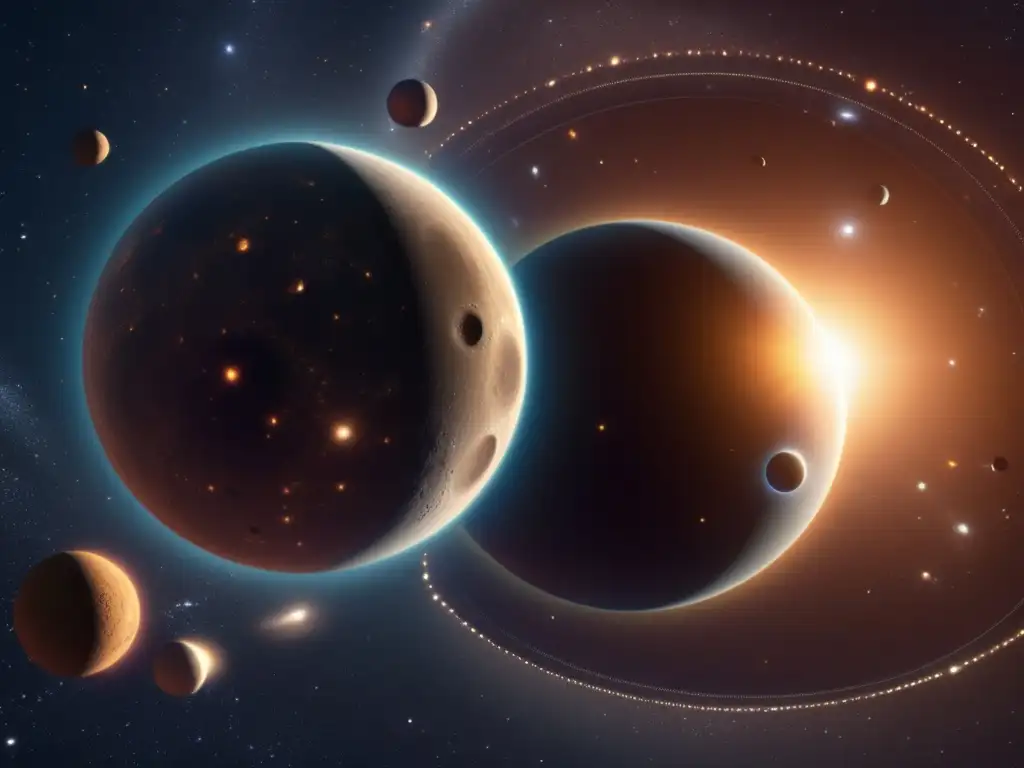
-
What is Didymos?
Didymos is the primary asteroid in the Didymos system. It has a diameter of approximately 780 meters (2,560 feet).
-
What is Dimorphos?
Dimorphos is the moon of Didymos. It has a diameter of around 160 meters (525 feet) and orbits Didymos with a period of approximately 11.9 hours.
-
What are binary asteroid systems?
Binary asteroid systems consist of two asteroids orbiting their common center of mass.
-
Why are Didymos and Dimorphos significant?
Didymos and Dimorphos provide opportunities for scientific research on asteroid dynamics, formation, and potential planetary defense strategies. They also offer potential resources for future space exploration.
-
What is the AIDA mission?
The AIDA mission aims to impact Dimorphos with a spacecraft, DART, to study the response of an asteroid to a kinetic impact and assess the effectiveness of planetary defense techniques.
Conclusion
The Didymos and Dimorphos binary asteroid system presents a significant scientific opportunity for studying asteroid dynamics, composition, and potential resource utilization. The close proximity and contrasting characteristics of these asteroids provide valuable insights into the formation and evolution of our solar system. Through missions like AIDA, we can further our understanding of planetary defense and potentially unlock resources that could propel future space exploration. Stay tuned for more exciting discoveries and advancements in the world of asteroids!
We encourage you to share your thoughts and questions in the comments section below. Don't forget to subscribe to www.asteroidrealm.com for more captivating articles on asteroids. Thank you for your time and attention!
Additional Resources

For more information, check out the following resources:
 Discovering Dactyl: The First Known Asteroid Moon
Discovering Dactyl: The First Known Asteroid Moon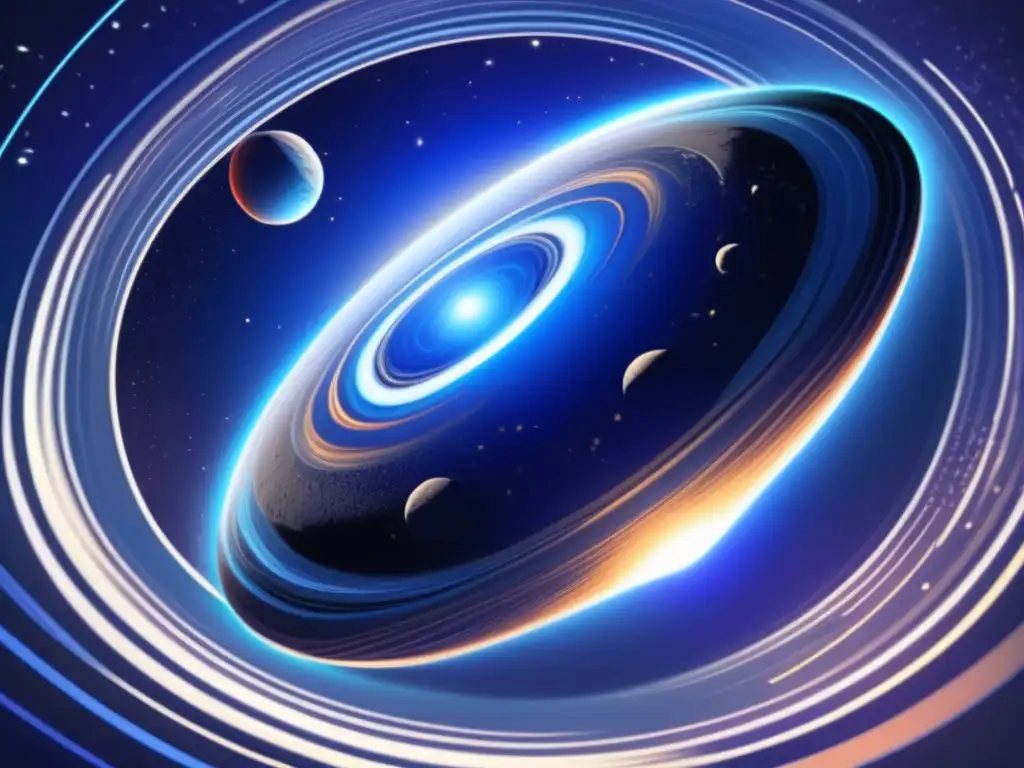 Unraveling The Mysteries Of 1999 KW4: A Binary Asteroid
Unraveling The Mysteries Of 1999 KW4: A Binary Asteroid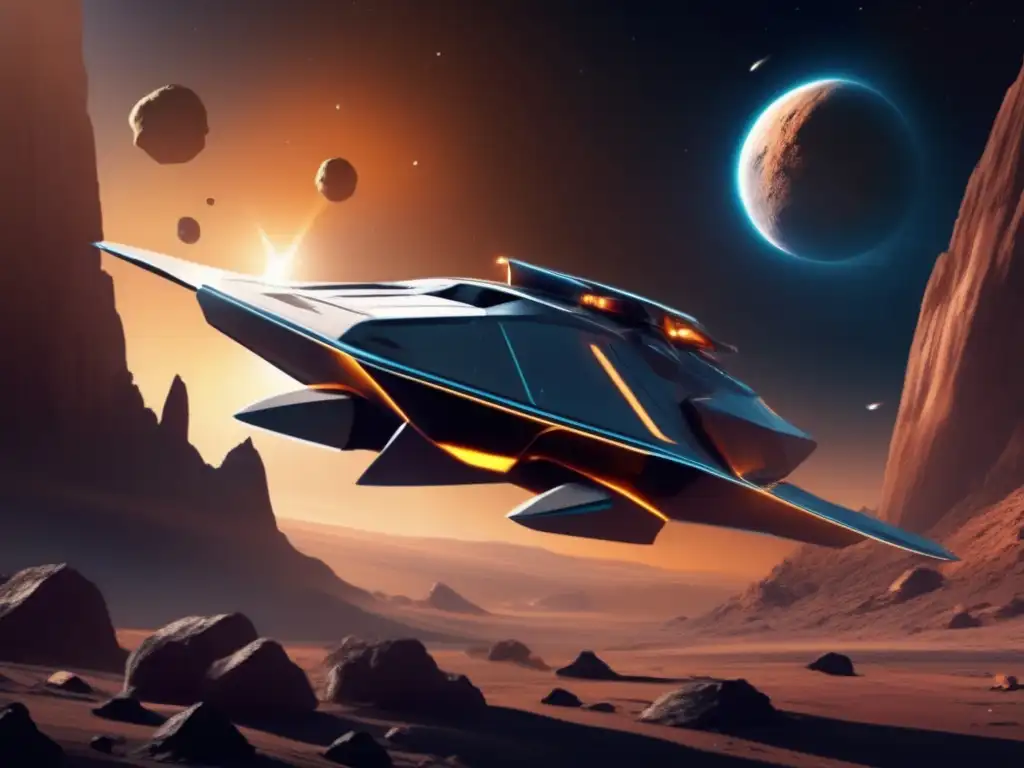 Antiope: The Double Asteroid – A Comprehensive Analysis
Antiope: The Double Asteroid – A Comprehensive AnalysisIf you want to discover more articles similar to Didymos And Dimorphos: A Binary Asteroid System Profile, you can visit the Asteroid Profiles category.
Leave a Reply

Articulos relacionados: